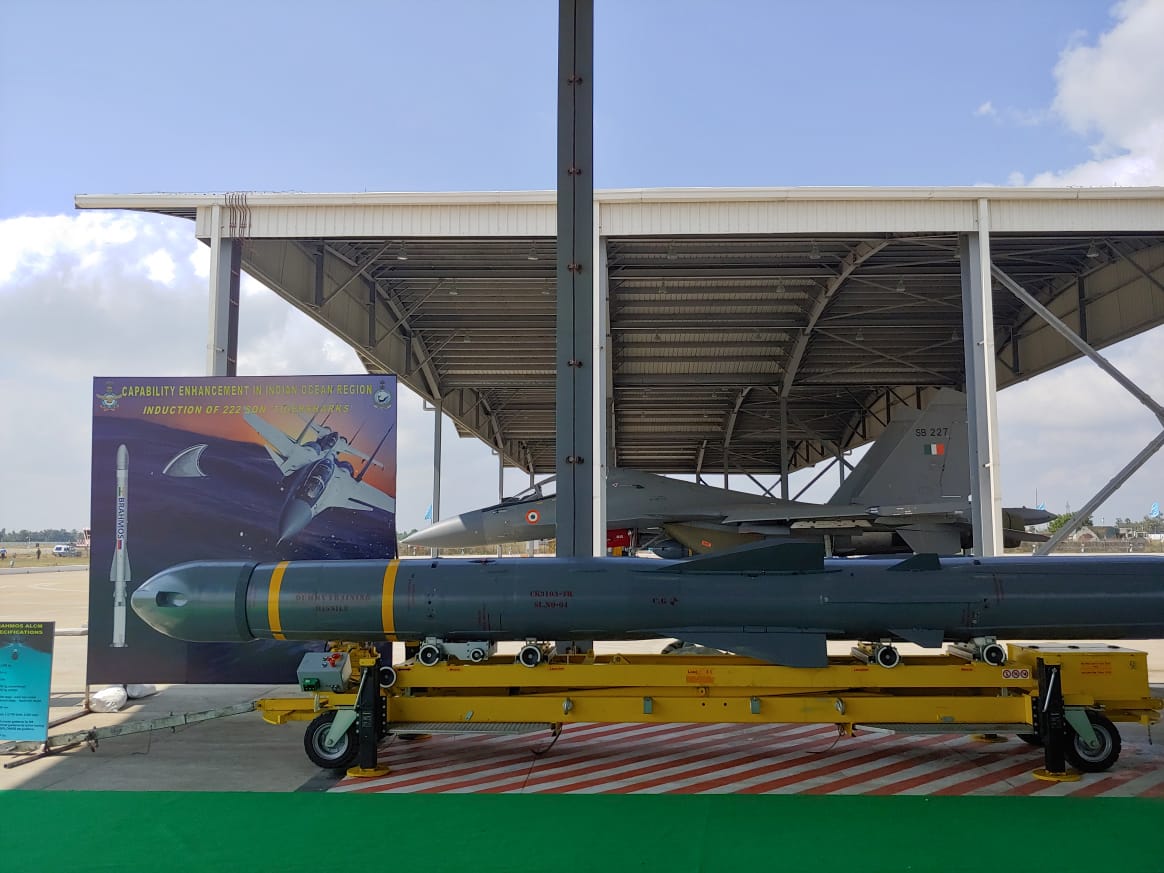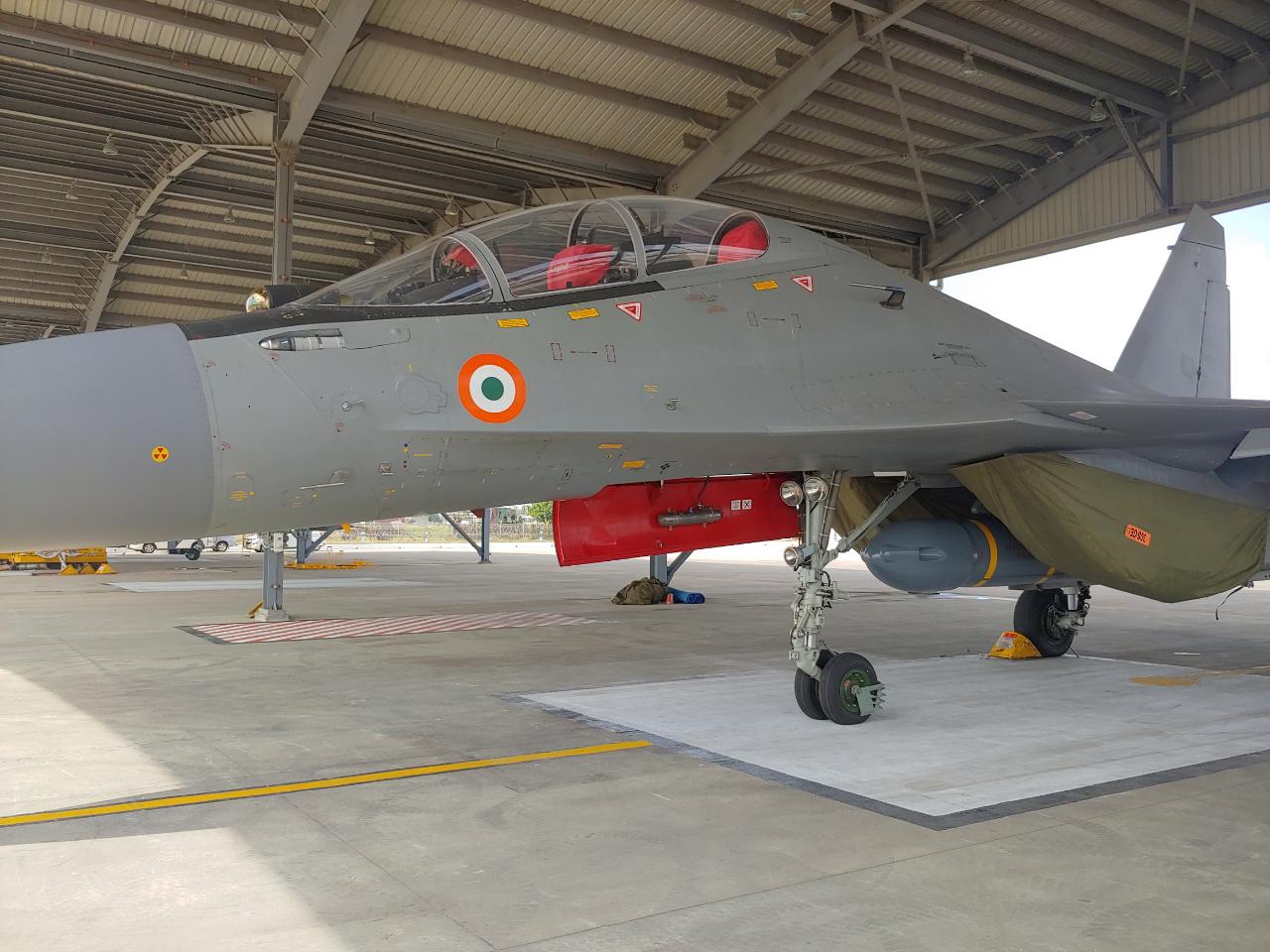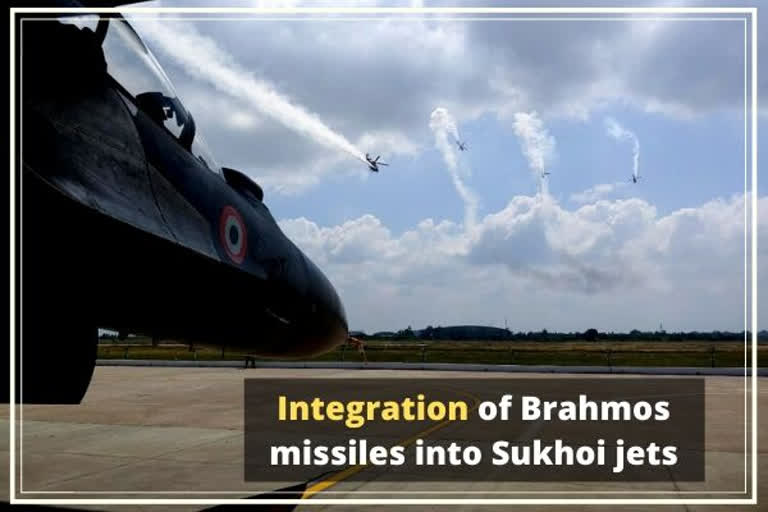New Delhi: The dramatic process to integrate the Brahmos supersonic cruise missile with the Sukhoi Su-30MKI multirole fighter has been a very long drawn one.
But the final dash—of just 35 days—to successful integration and induction of the Tigersharks squadron—Sukhoi 30s equipped with the nuclear-capable Brahmos—at the Thanjavur air is remarkable as the induction took place a year ahead of schedule.
Fittingly for his new role as Chief of Defence Staff, General Bipin Rawat, during the induction event, said the ‘Tigersharks’ “highlighted the Integration and Jointness which is the future of the Indian Armed Forces”.

It was just 35 days ago, on December 17, 2019, that the Indian Air Force (IAF) announced the completion of the long process of trying to integrate the Brahmos supersonic cruise missile with the multirole fighter with a successful hit by a Brahmos fired from a Sukhoi 30.

“The missile was gravity dropped from the air combat platform’s fuselage and the two-stage weapon’s engine fired up and the missile straight away propelled towards the intended target positioned at the sea, piercing it with pinpoint accuracy,” said the IAF.
The decision to station Tigersharks at Thanjavur is a strategic one.
ALSO READ: Lt Gen SK Saini to take over as Vice Chief of Army Staff
Thanjavur would overlook the waters and a wide sweep of the skies over the Arabian Sea, Indian Ocean and the Bay of Bengal—in whose dark waters, Chinese submarines lurk around giving a critical advantage to the Chinese military and its navy.

But Sukhoi 30s equipped with the nuclear-capable Brahmos cruise missile will endow a deep penetration capability to India besides changing the complexion of the military dynamics between Asian giants India and China. According to sources, India plans to equip about 40 Sukhoi 30 MKIs with Brahmos missiles.
Without refuelling, the Sukhoi 30 has a range of about 1,800 km while the Brahmos missile has an effective strike range of at least 350 km.
The supersonic Brahmos flies at a speed of 2.80 mach or at about 3,347 km an hour.
The Sukhoi is a fourth-generation Russian fighter that is now produced by India at its Hindustan Aeronautics Limited (HAL) base while the Brahmos missile system is a 50:50 joint collaborative effort between Indian and Russia.
What is also interesting is India’s Brahmos sales pitch to several countries including in Latin America besides Vietnam, Malaysia and Indonesia which can lend a new character to India’s strategic outreach. After all, a Brahmos in the hands of a country like Vietnam would offer a credible deterrence against China.
Indian has already deployed the missile in three Brahmos regiments in the Army since 2007 while about ten of the Navy’s warships are equipped with the missile.
The air variant weighs about 500 kg lighter than the army variant, will be a little shorter, will have tail fins to aid the free-fall and then a nose cap shaped to encounter as less air resistance as possible.
The two-stage IAF variant, fitted underneath the Sukhoi-30 fuselage, will be released from the aircraft first. Once it drops clear of the aircraft, the missile’s booster engine will ignite, propelling the weapon as it homes towards its target.
ALSO READ: Citizens' constitutional right to protest cannot be suppressed



